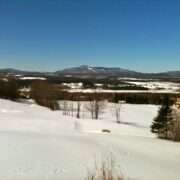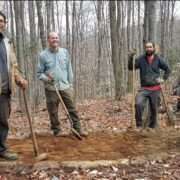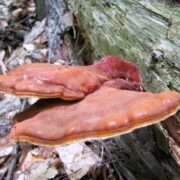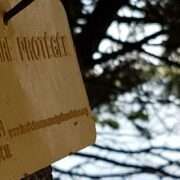Since its inception in 2011, the Massawippi Foundation has given over $ 450,000 to the community around the lake. Although the Foundation collects funds primarily for the Trust to buy land and build and maintain trails, it also gives back to the community.
One of the early recipients was Camp Massawippi
The camp, located in Ayer’s Cliff, serves children and adults who have physical disabilities. Whether it be summer camp, day camp or respite days and virtual camp, the Camp provides an essential service for recreation, learning and growth in a beautiful
environment. It is a vibrant community which has dedicated staff who often come back year after year to work there. The current interim director, Mr. Jed Richman, was himself a camp counsellor for three years back in the 70’s.
In 2013, the Massawippi Foundation gave a grant to the camp for them to construct a safe and green path that was wheelchair friendly to facilitate access to their beach.
Always thinking about the future, the governing board of the camp is looking towards improving the kitchen facilities in order to make them accessible for educational programs. They plan to build a kitchen garden and will be needing volunteer gardeners for maintenance as well as people to teach campers about gardening. Is this something in which you would like to PARTICIPATE?
2021 is the 70th anniversary of the Camp which coincides with the 10th for the Massawippi Foundation. It is the perfect opportunity for us to highlight our strategic alliances. These alliances are key to the health and growth of the community. People helping people is INVESTING in our community!
To find out more about the dining hall fundraising campaign at Camp Massawippi simply click here.





















